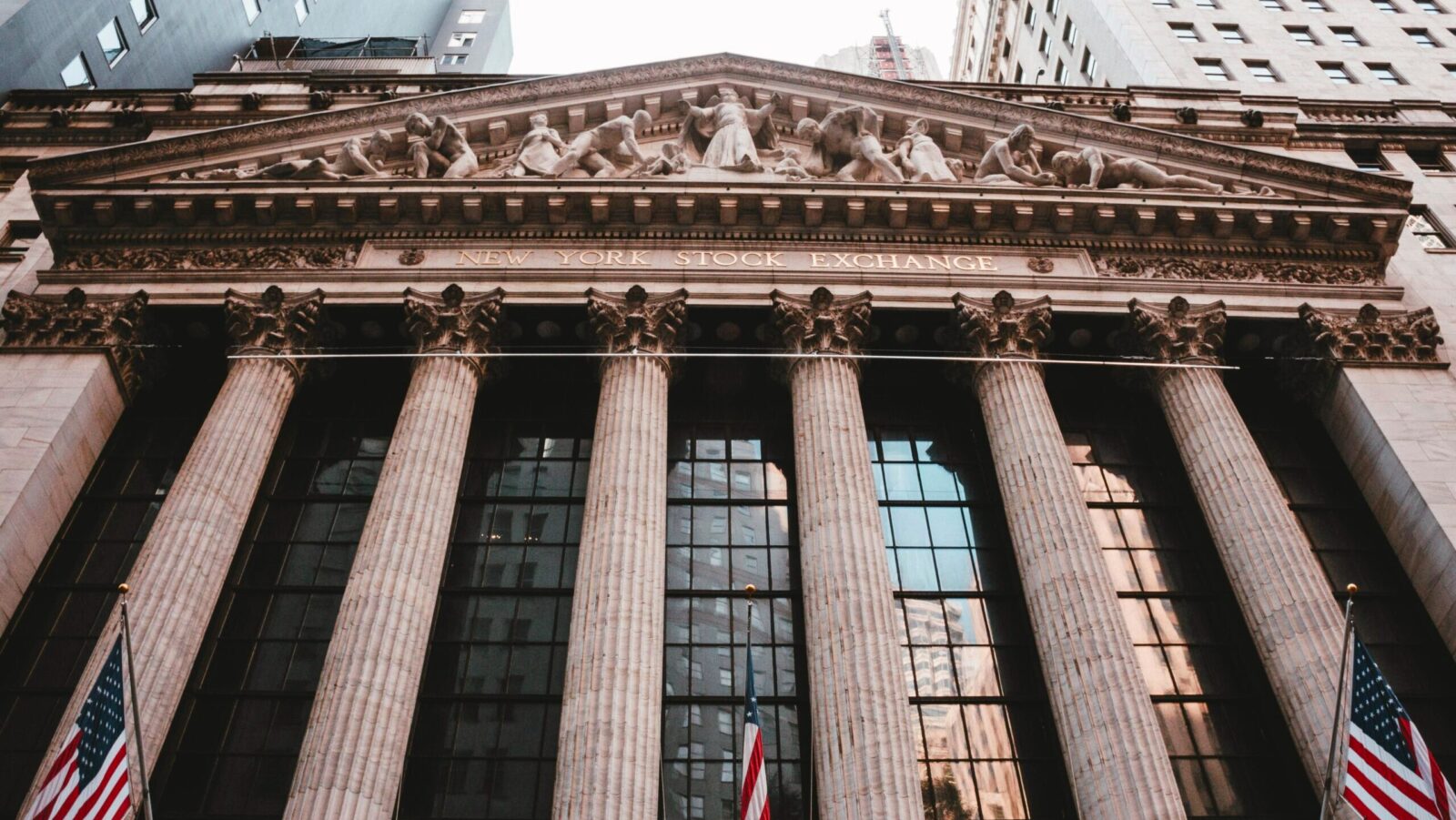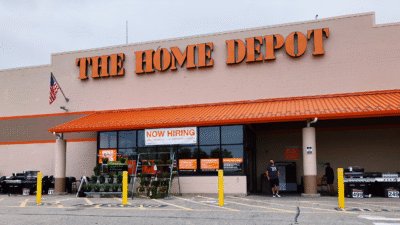
Sign up for smart news, insights, and analysis on the biggest financial stories of the day.
Climate change has precipitated a landslide in insurance industry profits.
Globally, the industry has been hit with $50 billion in losses this year due to the nonstop procession of natural catastrophes. And as destructive weather events become more frequent and extreme, so will insurers’ woes, according to a study published by Swiss Re Group Wednesday.
Not So Lovely Weather We’re Having
Over the last 40 years, the number of storms, floods, droughts, wildfires, freezes, and blizzards resulting in more than $1 billion in damages has risen dramatically in the US, even when adjusted for inflation, according to the National Centers for Environmental Information. And while the phrase “new normal” is often used to describe the current destructive phase, climate scientist Shuang-Ye Wu told The Conversation that’s not quite accurate. “To say this is the new ‘normal,’ though, is misleading. It suggests that we have reached a new stable state, and that is far from the truth.”
The majority of this year’s insurance losses around the world — $35 billion worth — were caused by a series of convective storms with heavy rains, strong winds, temperature changes, thunder, lightning, and hail that hit the US, Swiss Re estimated. Besides that, the costliest disaster was the February earthquake in Syria and Turkey, which resulted in $5.3 billion in losses. As a result, insurance companies are mitigating losses and raising premium rates wherever they can:
- AllState and State Farm have stopped accepting new property insurance applications in California, a state that’s consistently at risk for wildfires. Though this has been a relatively mild year to date, the Golden State has experienced more than 4,000 wildfires that burned 113,000 acres and severely damaged or destroyed 20 structures, according to state data.
- Firms are also increasing rates to cover the fallout from catastrophes. For the first half of the year, insurance company Hiscox said its rates are up an average of 34%, and North American natural catastrophe reinsurance prices are up 43%.
“Protective measures need to be taken for insurance products to remain economical for such properties at high risk,” Swiss Re’s Chief Economist Jérôme Jean Haegeli said, “It is high time to invest in more climate adaption.”
Growing Pains: Urban expansion is also at play. Cities and towns are growing in high-risk areas, and with the cost of construction materials still greatly inflated compared to three years ago, insuring new developments is a lot more expensive. “Besides the impact of climate change, land use planning in more exposed coastal and riverine areas, and urban sprawl into the wilderness, generate a hard-to-revert combination of high value exposure in higher risk environments,” Haegeli said.











